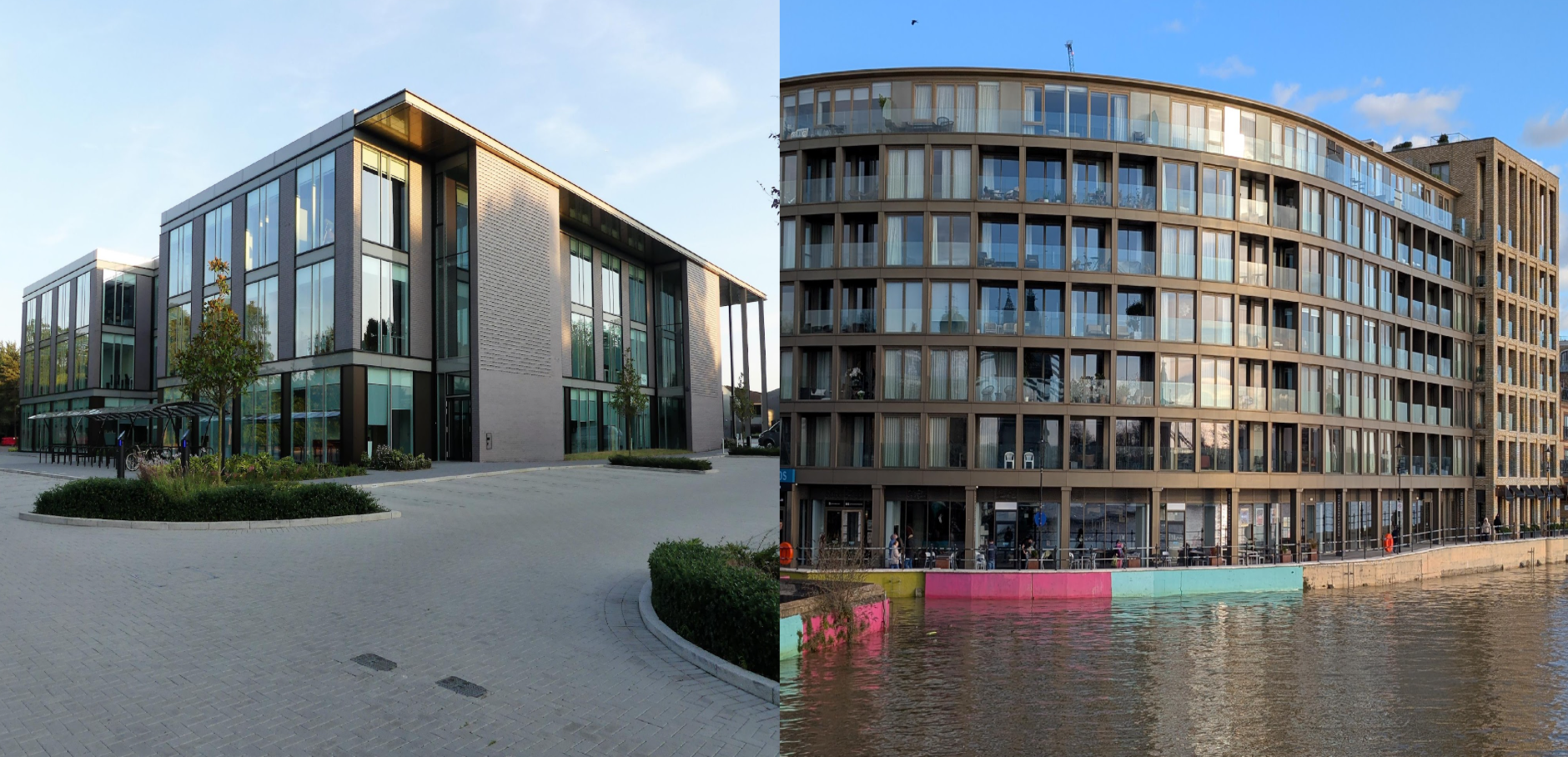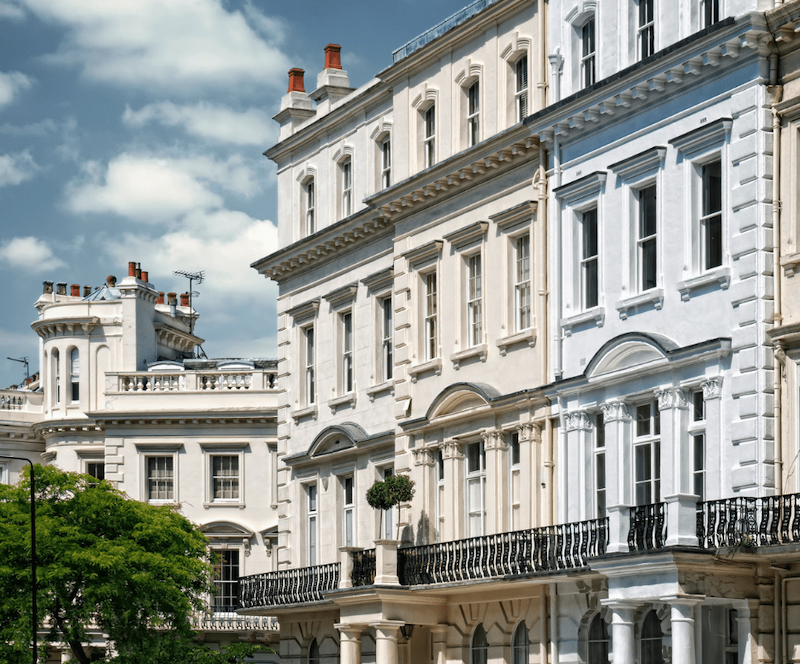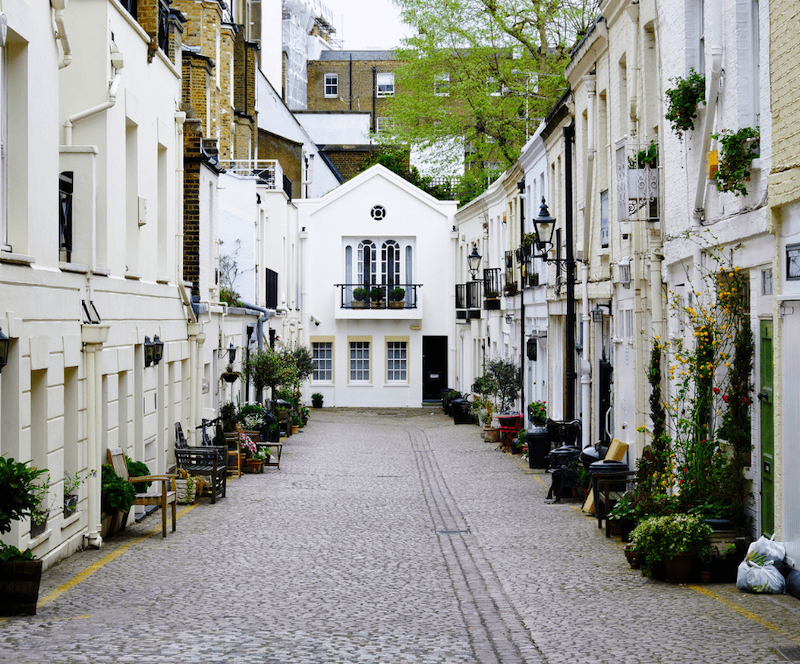Both commercial and residential property investments come with their own set of benefits and challenges, each tailored to different types of investors and investment strategies.
Both are stores of value and represent a diversification of assets, currency and geography. They both give you a Plan B.
In this blog, we’ll explore the contrasts between the two, breaking down the financial implications, including initial costs and potential yields, as well as taking into account management considerations to help you determine which investment type could better serve your long-term financial objectives and operational preferences.
Generally speaking, commercial properties work on longer leases, typically 5-10 years, whereas residential leases are usually between 1-2 years and even if it’s two years, there is often a break clause after the first year.
This means that with commercial property, you don’t have to deal with the hassle or cost of reletting the property so frequently.
From a management perspective, commercial properties tend to be a lot less expensive and time-consuming.
When it comes to commercial real estate, it is usually the tenant who is responsible for maintenance, insurance and repairs, and even if they can’t handle the repairs themselves, the tenant will still have to cover the costs. The tenant also has to do their own fit out, unless you’re dealing with a serviced office.
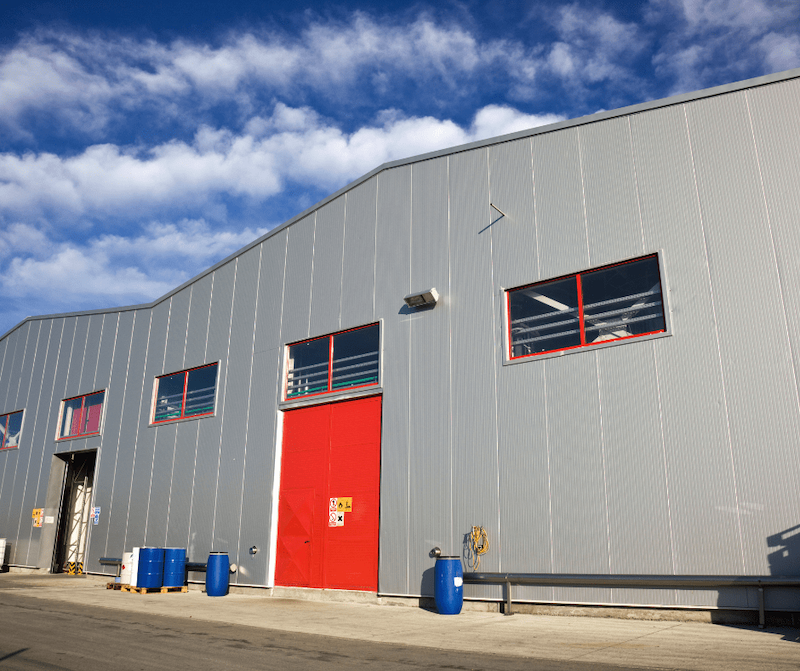
Residential properties, on the other hand, have a lot more management obligations. You’re required to give the property to each tenant in immaculate condition, which can mean having to repaint and fix broken items between tenancies if the property is furnished.
So, this is a major advantage of commercial properties.
One of the downsides of commercial properties, however, is that they have a much higher entry point for investors.
If you were to buy a shop on High Street Kensington, for example, which includes the ground floor and possibly the basement, it would cost between £4 million to £5 million, but you can buy a flat in London for as little as £500,000.
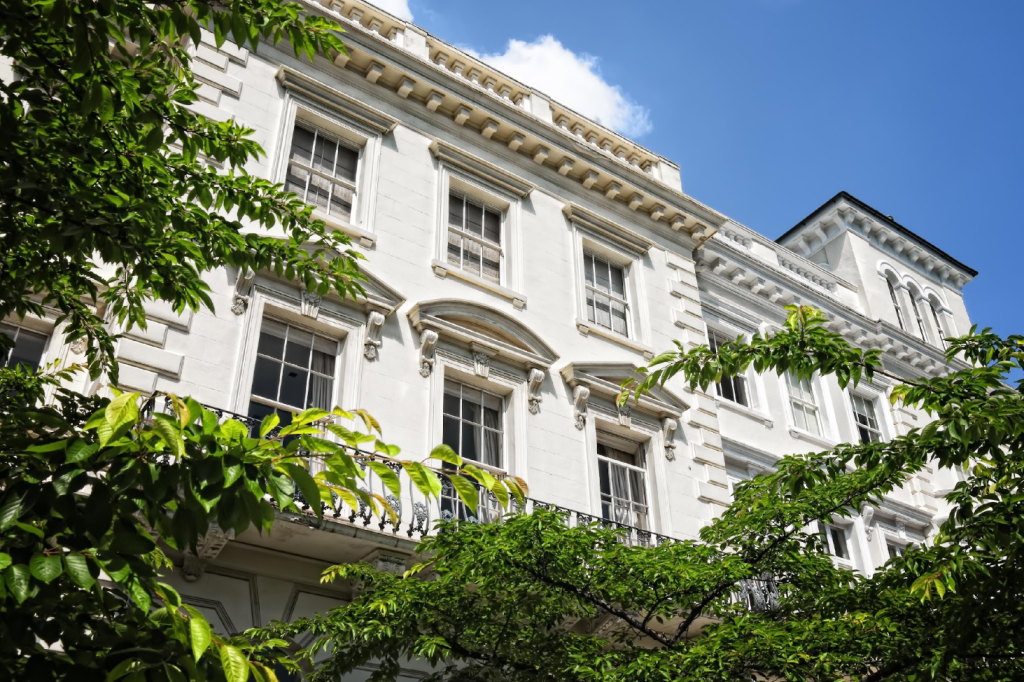
With that being said, one of the biggest pitfalls of residential property is the stamp duty, which you have to pay when you buy and sell the property.
Stamp duty stands at 5% for commercial properties. For residential, it starts at 3% or even 0% for properties under £250,000.
At the price point of most of our clients at Curzon Land, however, it’s 12% over £1.5 million or 15% if they own another property. This means you would need to make 15% capital gains just to break even.
Although, if you buy more than five residential units in a block, it is regarded as a commercial property and so the stamp duty is 5%.
Rental yields also favour commercial properties, as the properties we recommend to our clients at Curzon Land typically return 8% yields, whereas the average yield for a residential property is around 3-4%.
The best reason to invest in residential property is if you actually want to live in it. You’ll see capital gains if you hold it for a long time and you can get above market returns after doing relatively cheap refurbishment work.

